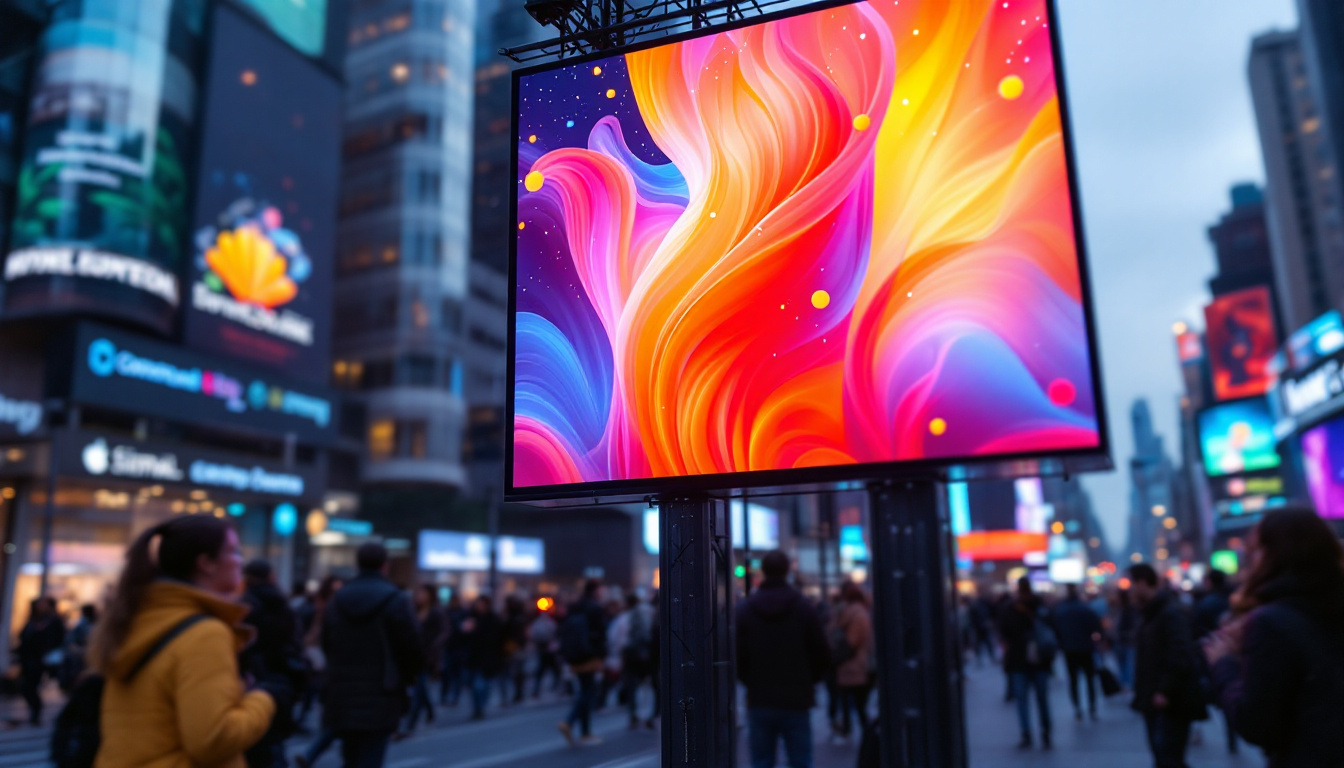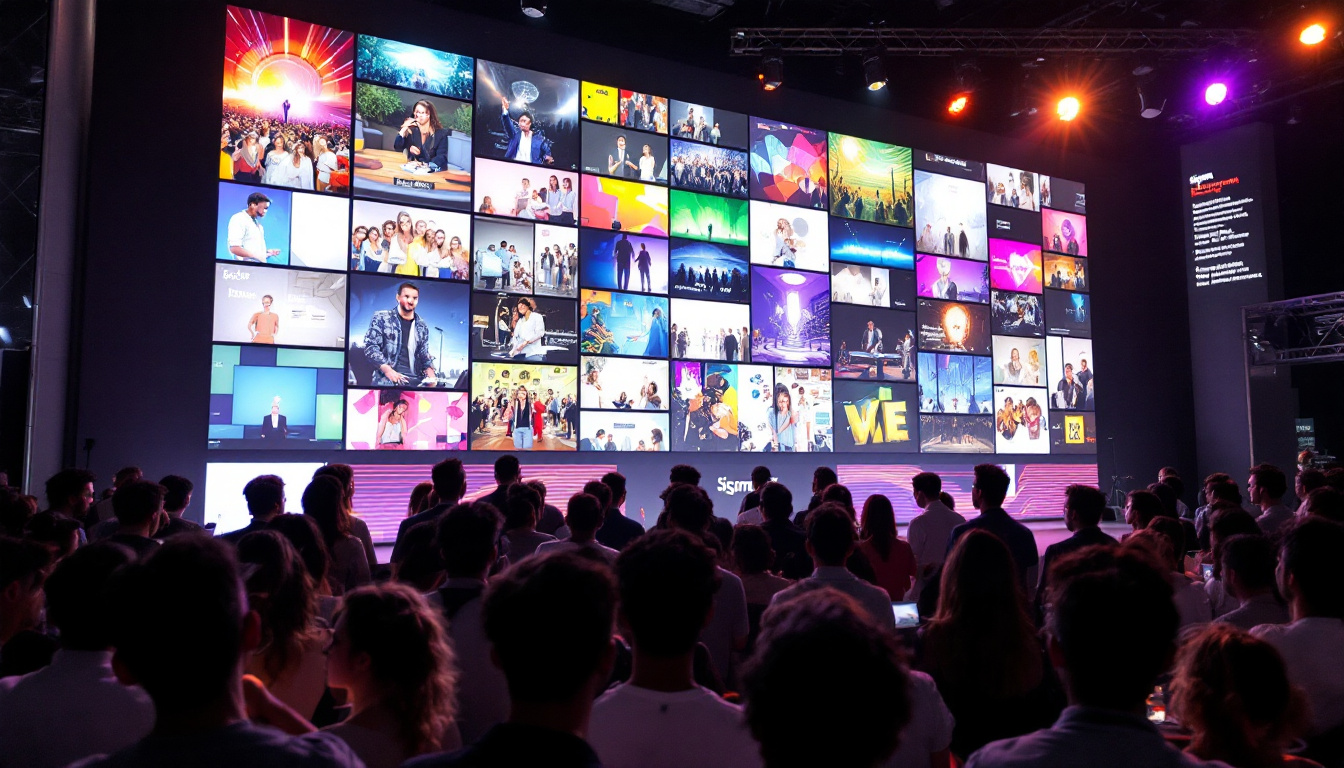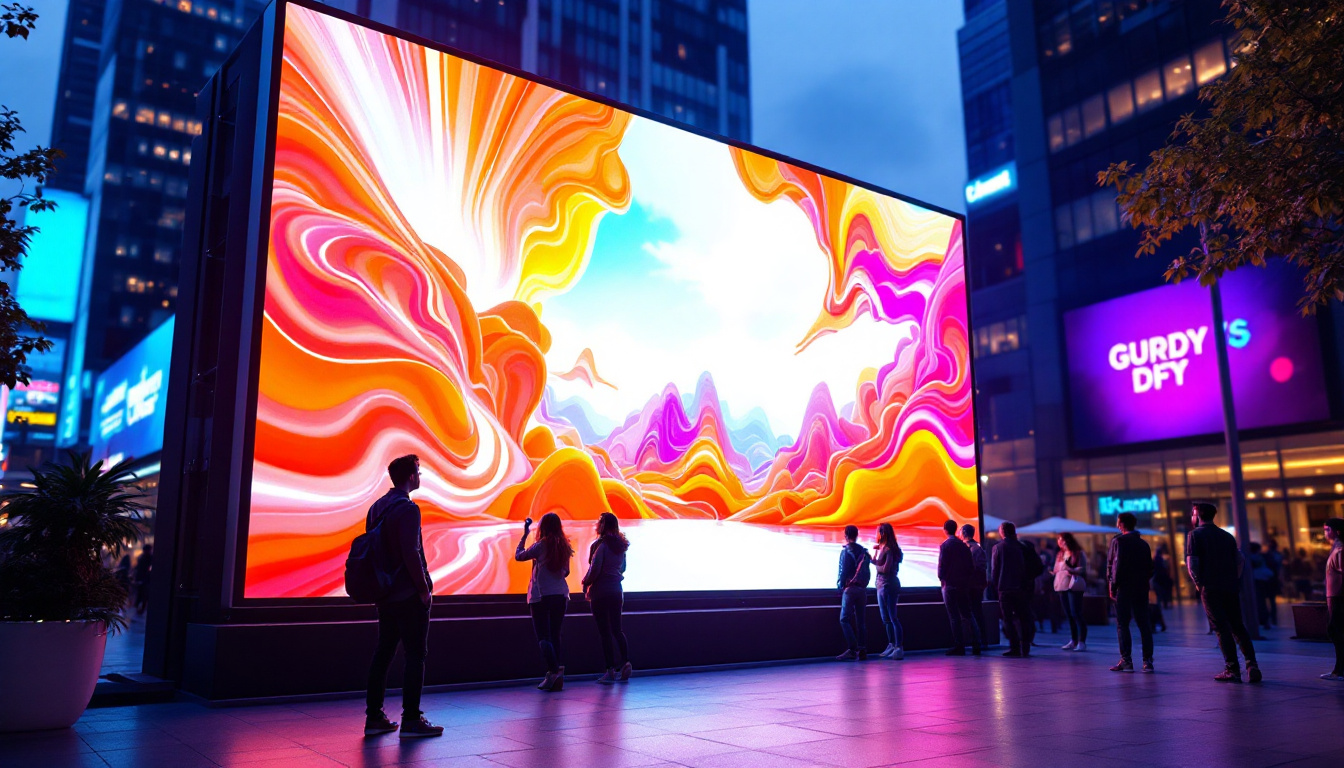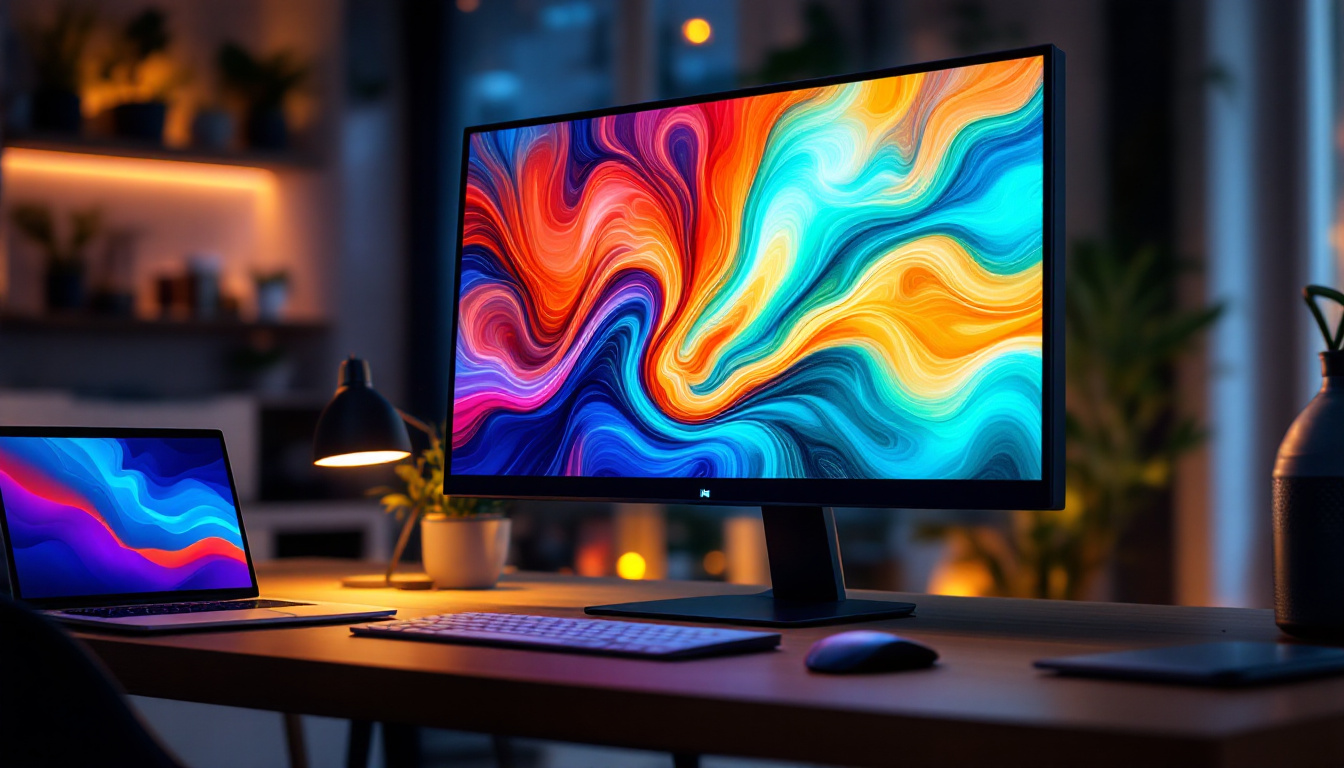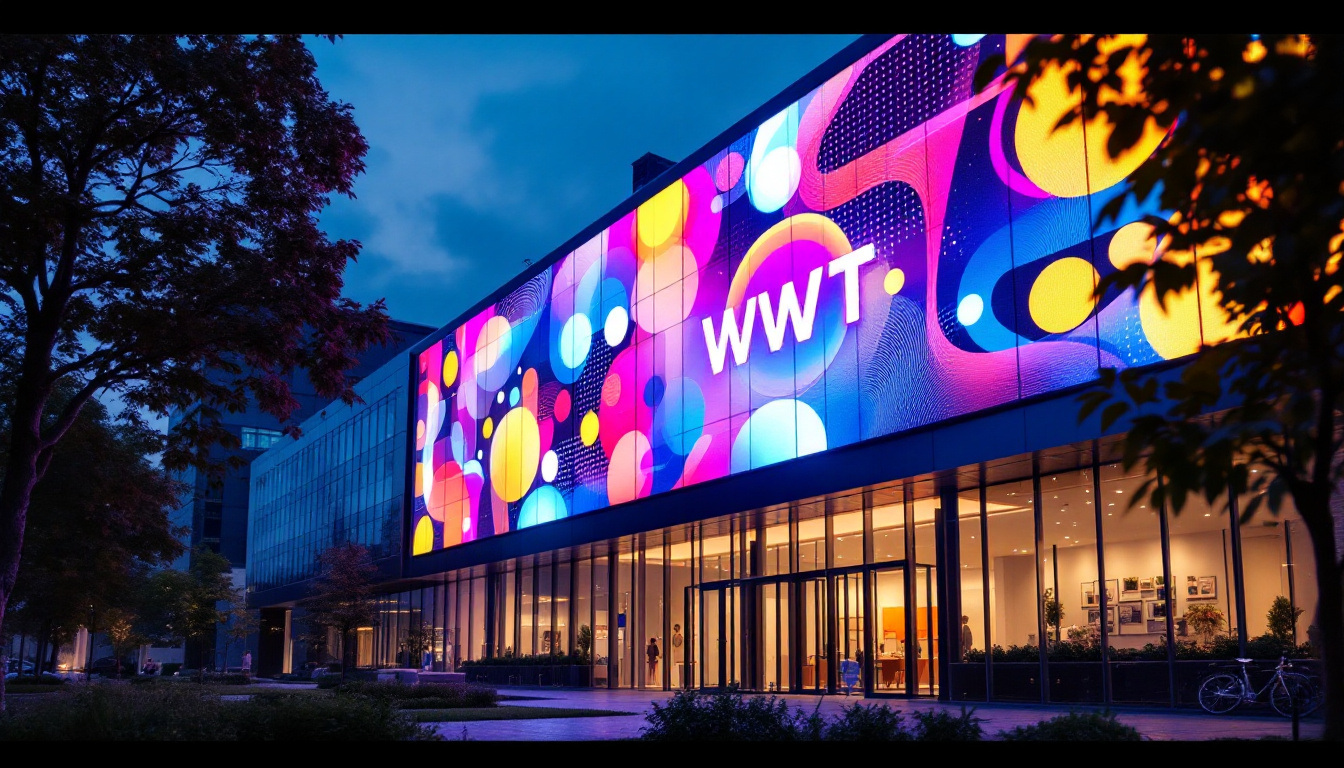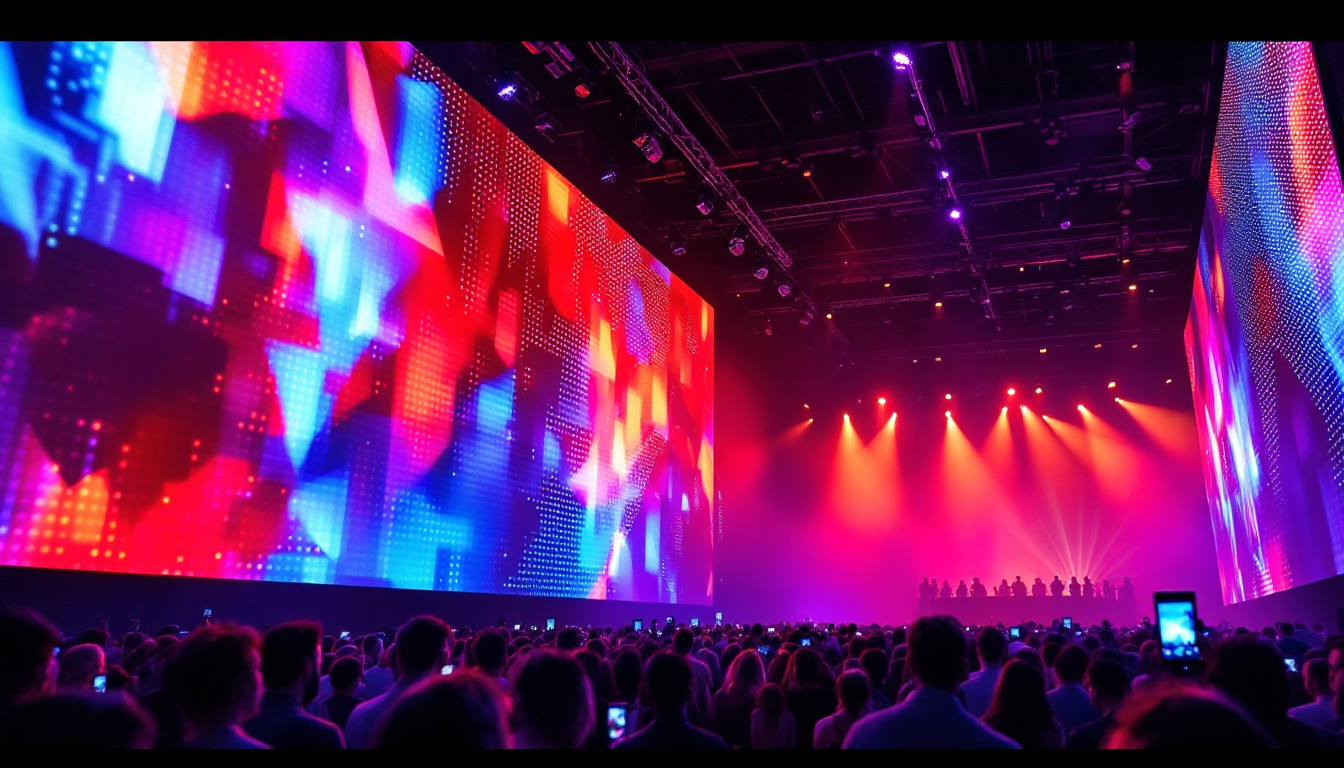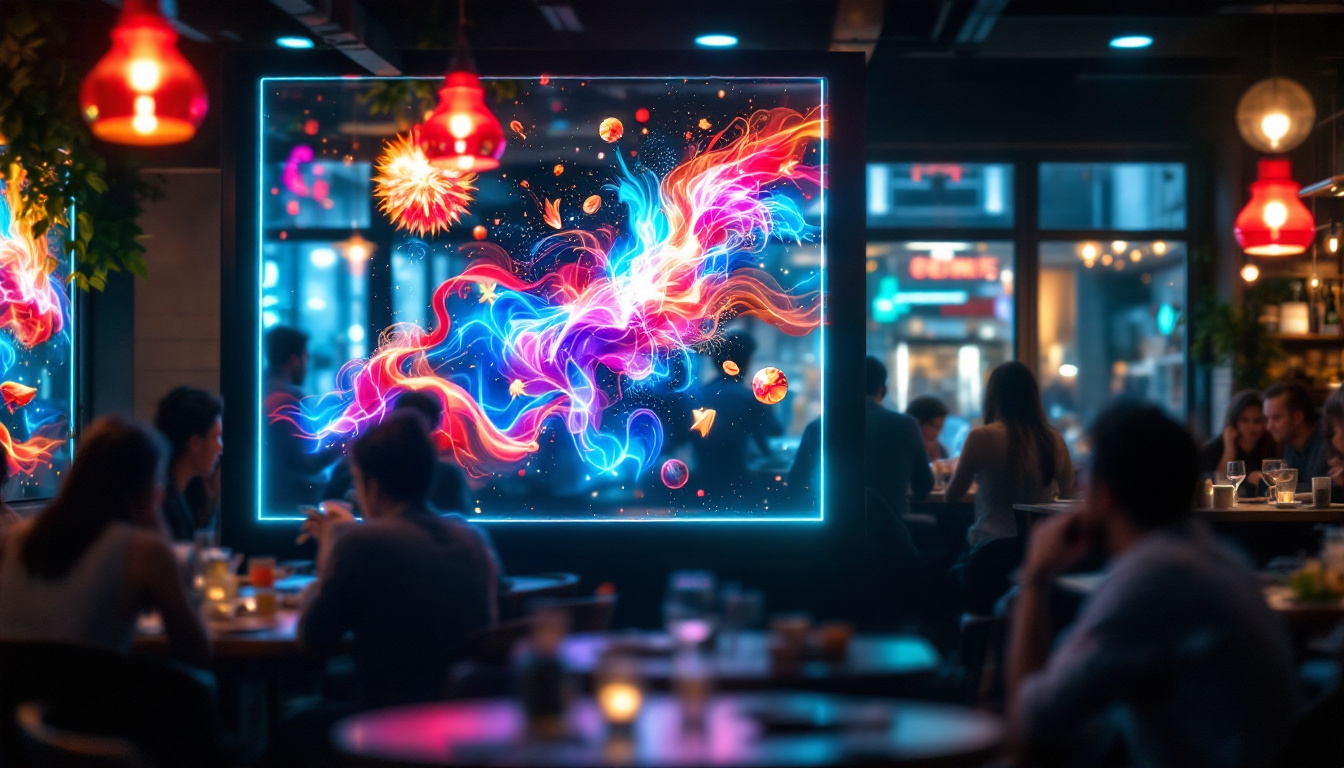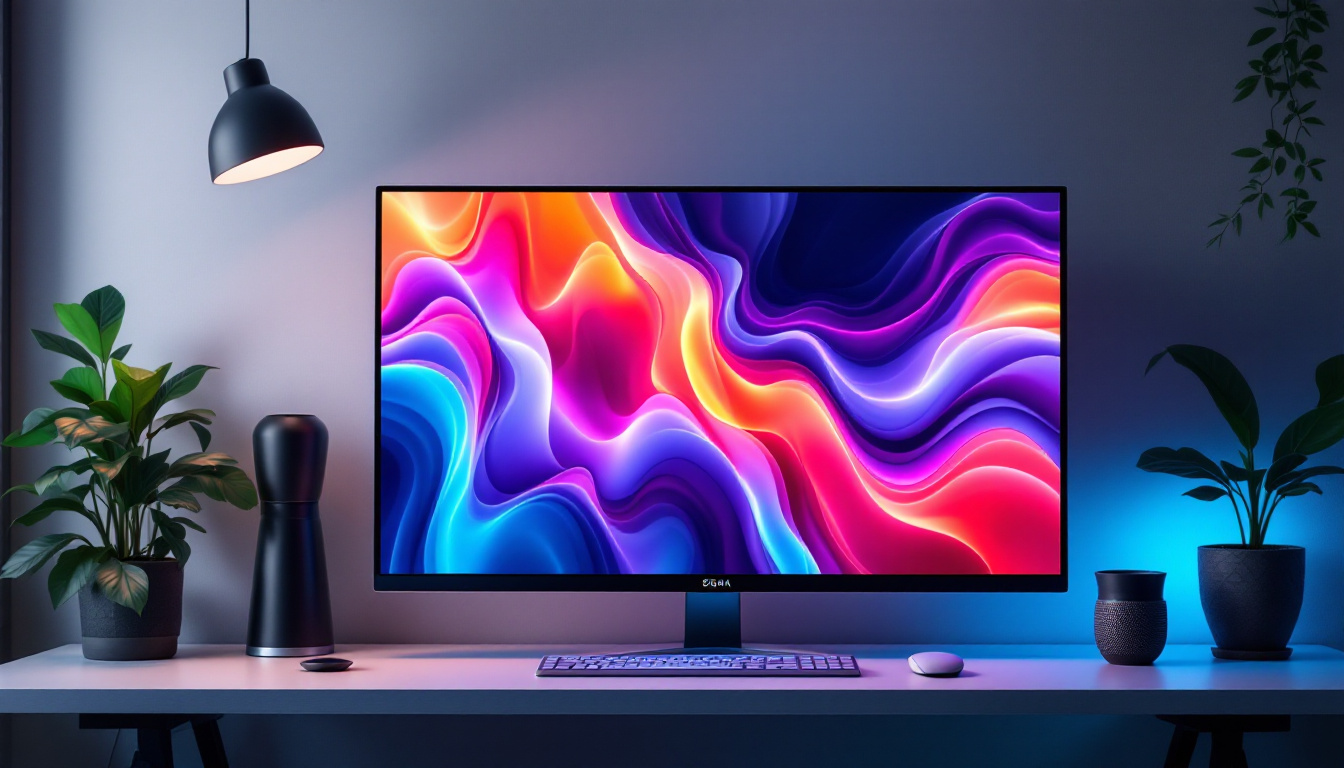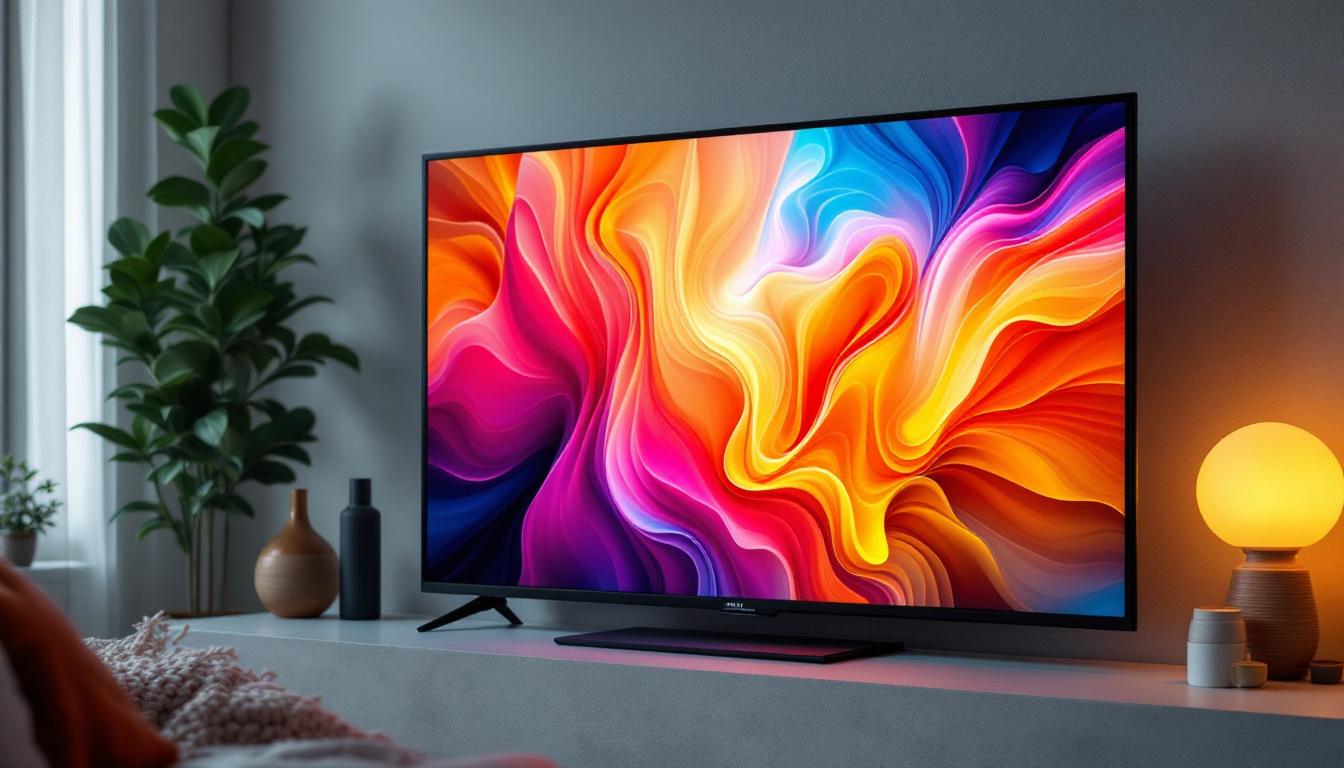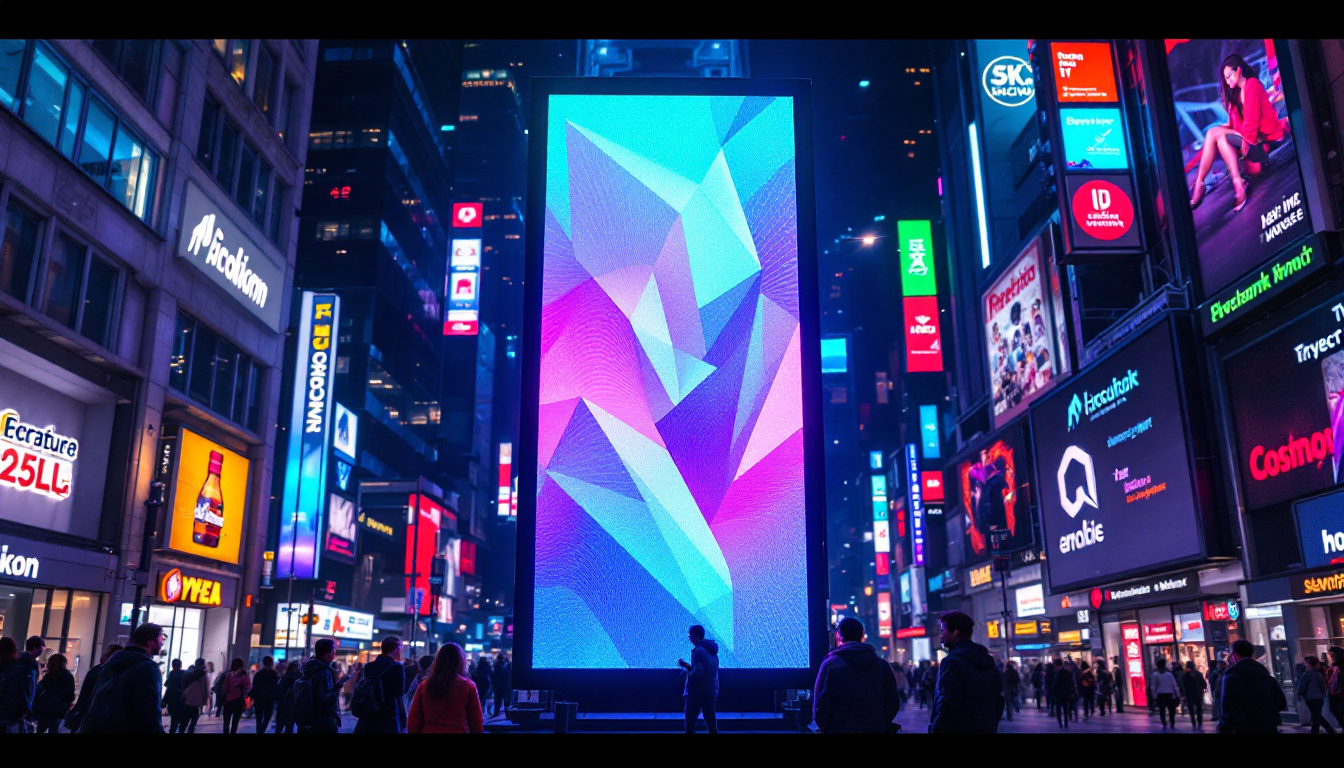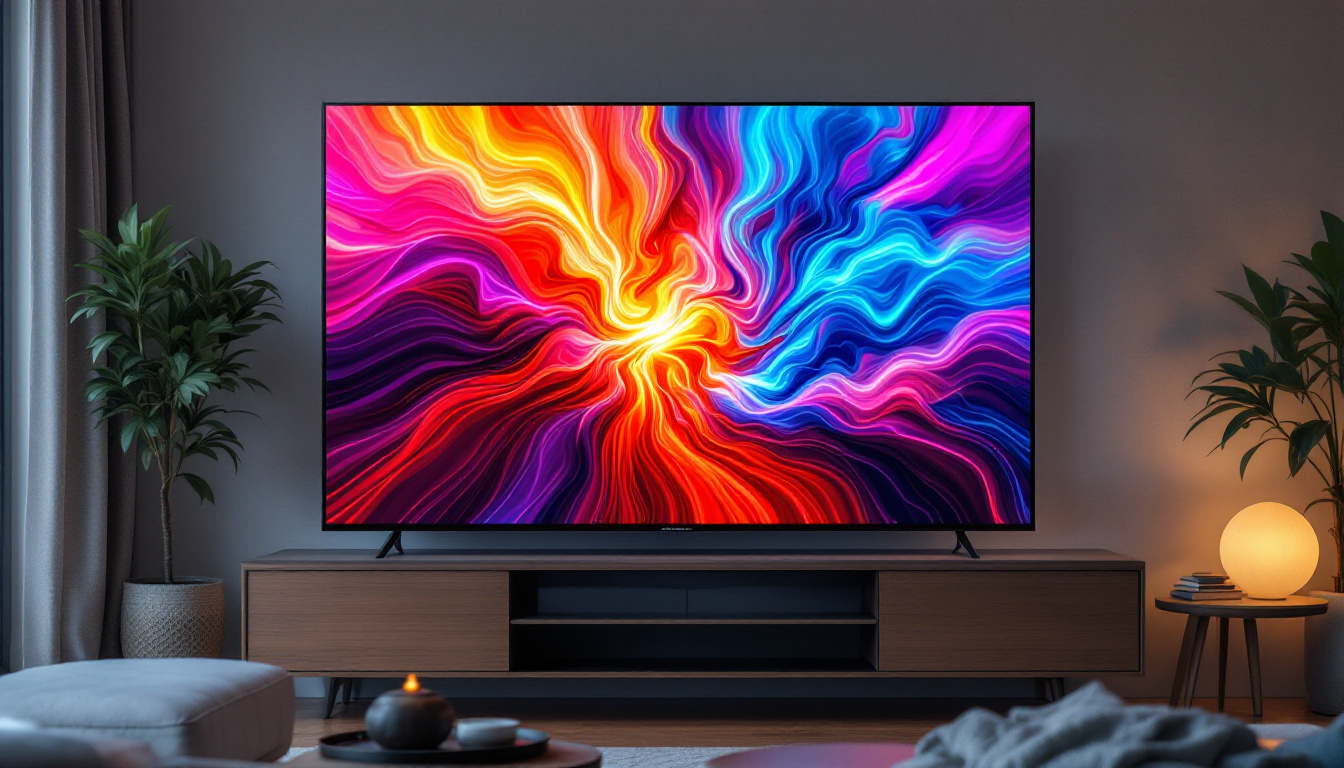In today’s digital age, understanding the intricacies of display technology is essential for both consumers and professionals alike. LCD (Liquid Crystal Display) and LED (Light Emitting Diode) technologies have become ubiquitous in our daily lives, from smartphones to large-screen televisions. This article delves into the various LCD resolutions, the role of LED in enhancing display quality, and the implications for users.
Understanding LCD Technology
LCD technology has revolutionized the way we view images and videos. At its core, an LCD uses liquid crystals sandwiched between two layers of glass or plastic. These crystals manipulate light to produce images. The light source, traditionally a fluorescent lamp, has evolved with the introduction of LED backlighting, providing brighter and more energy-efficient displays. This shift not only enhances the overall picture quality but also contributes to a more sustainable approach to technology, as LED backlighting consumes significantly less power compared to its predecessors.
The Basics of LCD Operation
When an electrical current passes through the liquid crystals, they align in such a way that they either block or allow light to pass through. This process creates the images we see on the screen. The clarity and vibrancy of these images depend significantly on the resolution of the display. Higher resolutions, such as 4K or even 8K, provide an incredibly detailed viewing experience, making them particularly desirable for large screens where pixel density can enhance the overall visual impact. Additionally, advancements in pixel technology, such as subpixel rendering, further improve the sharpness and clarity of the images displayed.
Types of LCD Displays
There are various types of LCD displays, including Twisted Nematic (TN), In-Plane Switching (IPS), and Vertical Alignment (VA). Each type has its own advantages and disadvantages regarding color accuracy, viewing angles, and response times. For instance, IPS panels are known for their superior color reproduction and wider viewing angles, making them ideal for graphic design and multimedia applications. Conversely, TN panels are often favored in competitive gaming scenarios due to their faster response times, although they may sacrifice some color accuracy and viewing angles. The choice of LCD type ultimately depends on the intended use, whether for professional creative work, gaming, or general media consumption, as each type caters to different needs and preferences.
Exploring LCD Resolutions
Resolution refers to the number of pixels displayed on the screen, typically expressed as width x height. Higher resolutions mean more pixels, which generally results in sharper images. The most common resolutions in LCD technology include:
Standard Definition (SD)
Standard Definition, or SD, typically refers to a resolution of 720 x 480 pixels. While this resolution was once the standard for television broadcasts, it has largely been surpassed by higher resolutions. However, SD displays still find their place in smaller screens and older devices. Many budget-friendly devices, such as basic smartphones and portable media players, continue to utilize SD resolution, making them accessible for users who prioritize cost over cutting-edge technology.
High Definition (HD) and Full High Definition (FHD)
High Definition (HD) displays come in at a resolution of 1280 x 720 pixels, while Full High Definition (FHD) offers a resolution of 1920 x 1080 pixels. FHD has become the standard for most modern televisions and computer monitors, providing a significant improvement in image clarity and detail compared to SD. The transition to FHD has also enabled streaming services to deliver content in higher quality, enhancing the viewing experience for audiences. With the advent of HD and FHD, consumers have come to expect sharper images and more vibrant colors, leading to a surge in demand for high-resolution content across various platforms.
Ultra High Definition (UHD) and 4K
Ultra High Definition (UHD), commonly referred to as 4K, boasts a resolution of 3840 x 2160 pixels. This resolution offers four times the pixel count of FHD, resulting in incredibly sharp images that are particularly noticeable on larger screens. UHD displays are becoming increasingly popular for home theaters and gaming setups. The immersive experience provided by 4K resolution is further enhanced by advancements in HDR (High Dynamic Range) technology, which allows for a greater range of colors and contrasts. This combination of high resolution and improved color accuracy is transforming how we experience visual media, making it more lifelike and engaging than ever before. As content creators continue to produce films, series, and video games in 4K, the demand for UHD displays is expected to grow, pushing the boundaries of visual technology even further.
The Role of LED in Display Technology
While LCD technology is fundamental to how screens operate, the introduction of LED backlighting has transformed the visual experience. LED technology enhances brightness, contrast, and energy efficiency, making displays more appealing and functional. This evolution has not only improved the quality of images but has also paved the way for innovations in various fields, including entertainment, gaming, and professional design. The crispness and vibrancy offered by LED displays have led to a more immersive viewing experience, allowing users to appreciate finer details in images and videos that were previously lost in older technologies.
Types of LED Backlighting
There are primarily two types of LED backlighting used in LCD displays: Edge-lit and Full-array. Edge-lit LED displays have LEDs positioned around the edges of the screen, allowing for thinner designs. This design is particularly advantageous for modern televisions and monitors, which prioritize sleek aesthetics and portability. In contrast, Full-array LED displays have a grid of LEDs behind the screen, providing better uniformity in brightness and contrast. This type of backlighting is often preferred for high-end televisions and professional monitors, as it allows for local dimming, enhancing the overall picture quality by adjusting the brightness in specific areas of the screen based on the content being displayed.
Benefits of LED Backlighting
One of the most significant advantages of LED backlighting is its ability to produce brighter images with better contrast ratios. This is particularly important for viewing in well-lit environments. Additionally, LED displays consume less power compared to traditional fluorescent backlighting, making them more environmentally friendly and cost-effective in the long run. Furthermore, the longevity of LED technology means that users can enjoy their displays for a longer period without the need for frequent replacements. This durability not only contributes to reduced electronic waste but also signifies a shift towards more sustainable practices in the tech industry. Moreover, the rapid response time of LEDs enhances motion clarity, making them ideal for fast-paced content such as sports and action movies, where every frame counts in delivering a seamless viewing experience.
Choosing the Right Resolution for Your Needs
When selecting a display, understanding the appropriate resolution for your needs is crucial. Factors such as screen size, viewing distance, and the type of content being consumed all play a role in determining the ideal resolution.
Screen Size and Viewing Distance
As a general rule, the larger the screen, the higher the resolution should be to maintain image clarity. For instance, a 55-inch television viewed from a distance of 6 to 8 feet will benefit from a 4K resolution, while a smaller screen may suffice with FHD. Understanding the viewing distance can help consumers make informed decisions about their display purchases. Additionally, the pixel density, measured in pixels per inch (PPI), becomes increasingly important as screen size increases. A higher PPI means that more pixels are packed into each inch of the display, resulting in sharper images and finer details. This is particularly noticeable when watching high-definition content or playing video games that demand precision.
Content Type and Usage
The type of content being viewed also influences the choice of resolution. For casual viewing of standard television shows or movies, FHD may be adequate. However, for gaming or professional graphic design, where detail and clarity are paramount, 4K resolution is often recommended. Furthermore, as streaming services continue to expand their libraries with 4K content, consumers are increasingly finding value in higher resolutions. This shift not only enhances the viewing experience but also future-proofs their investment, ensuring compatibility with upcoming technologies and content formats. It’s also worth considering that some displays come equipped with upscaling technology, which can enhance lower-resolution content to better fit higher-resolution screens, providing a more satisfying viewing experience regardless of the original source quality.
Future Trends in Display Technology
The display technology landscape is continually evolving, with advancements in resolution and panel technology paving the way for even better viewing experiences. Emerging technologies, such as OLED (Organic Light Emitting Diode) and MicroLED, are set to challenge traditional LCD and LED displays.
OLED vs. LCD
OLED technology offers several advantages over LCD, including true blacks and superior color accuracy. Unlike LCDs, which require a backlight, OLED panels emit their own light, allowing for greater contrast and vibrant colors. However, OLED displays can be more expensive and may suffer from burn-in issues, making them less suitable for all applications.
MicroLED: The Next Big Thing?
MicroLED technology is gaining traction as a potential successor to both LCD and OLED. It combines the best features of both technologies, offering high brightness, excellent color accuracy, and no risk of burn-in. As MicroLED continues to develop, it may redefine the standards for display quality in the coming years.
Conclusion
Understanding LCD resolutions and the role of LED technology is essential for making informed decisions in today’s display-driven world. As technology continues to advance, consumers and professionals alike must stay informed about the latest developments in display technology. Whether it’s for entertainment, work, or creative endeavors, choosing the right display can significantly enhance the overall experience.
As the market continues to evolve, keeping an eye on emerging technologies and trends will ensure that users are equipped with the knowledge needed to select the best displays for their needs. In a landscape filled with options, informed choices lead to better outcomes, whether for personal enjoyment or professional use.
Discover LumenMatrix’s Advanced LED Display Solutions
Ready to elevate your visual experience with the latest in LED display technology? Look no further than LumenMatrix, a pioneer in crafting LED display modules that bring your content to life. From the immersive Indoor LED Wall Display to the dynamic Outdoor LED Wall Display, and from the mobile versatility of Vehicle LED Displays to the innovative LED Sports and Floor Displays, LumenMatrix offers a comprehensive range of solutions tailored to your needs. Embrace the future of visual communication with our Custom, All-in-One, and Transparent LED Displays, designed to captivate your audience and amplify your message. Check out LumenMatrix LED Display Solutions today and transform the way you engage with your viewers.



